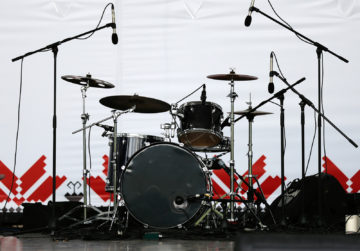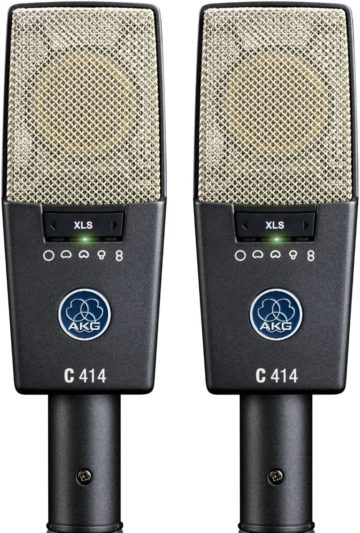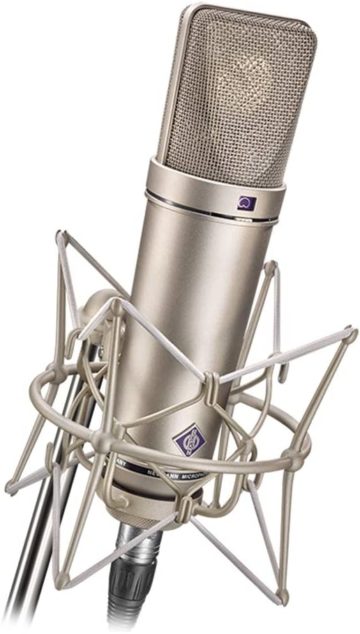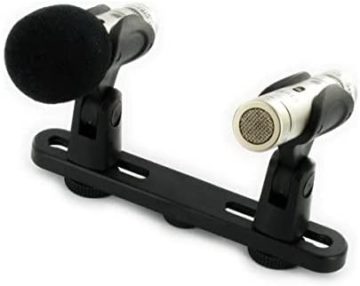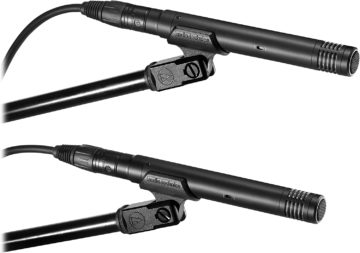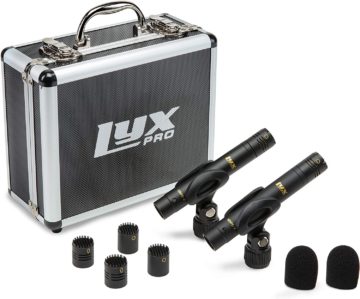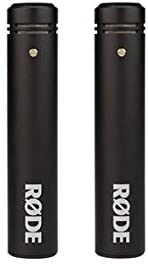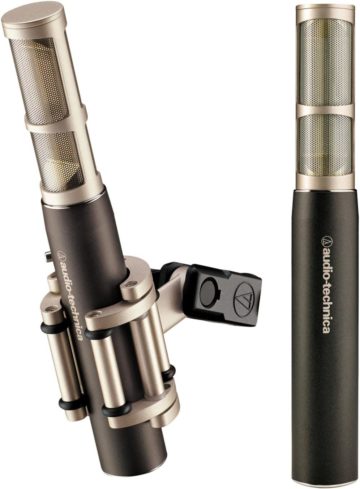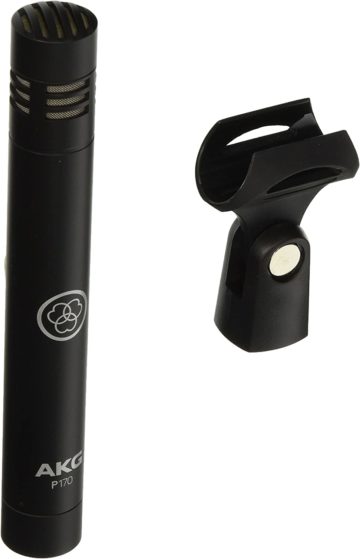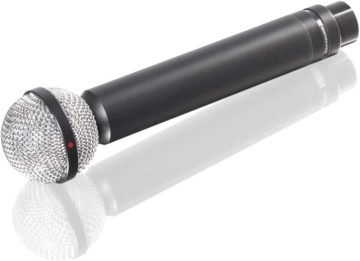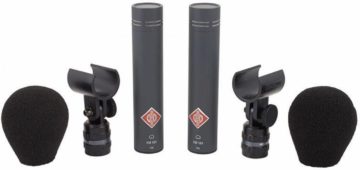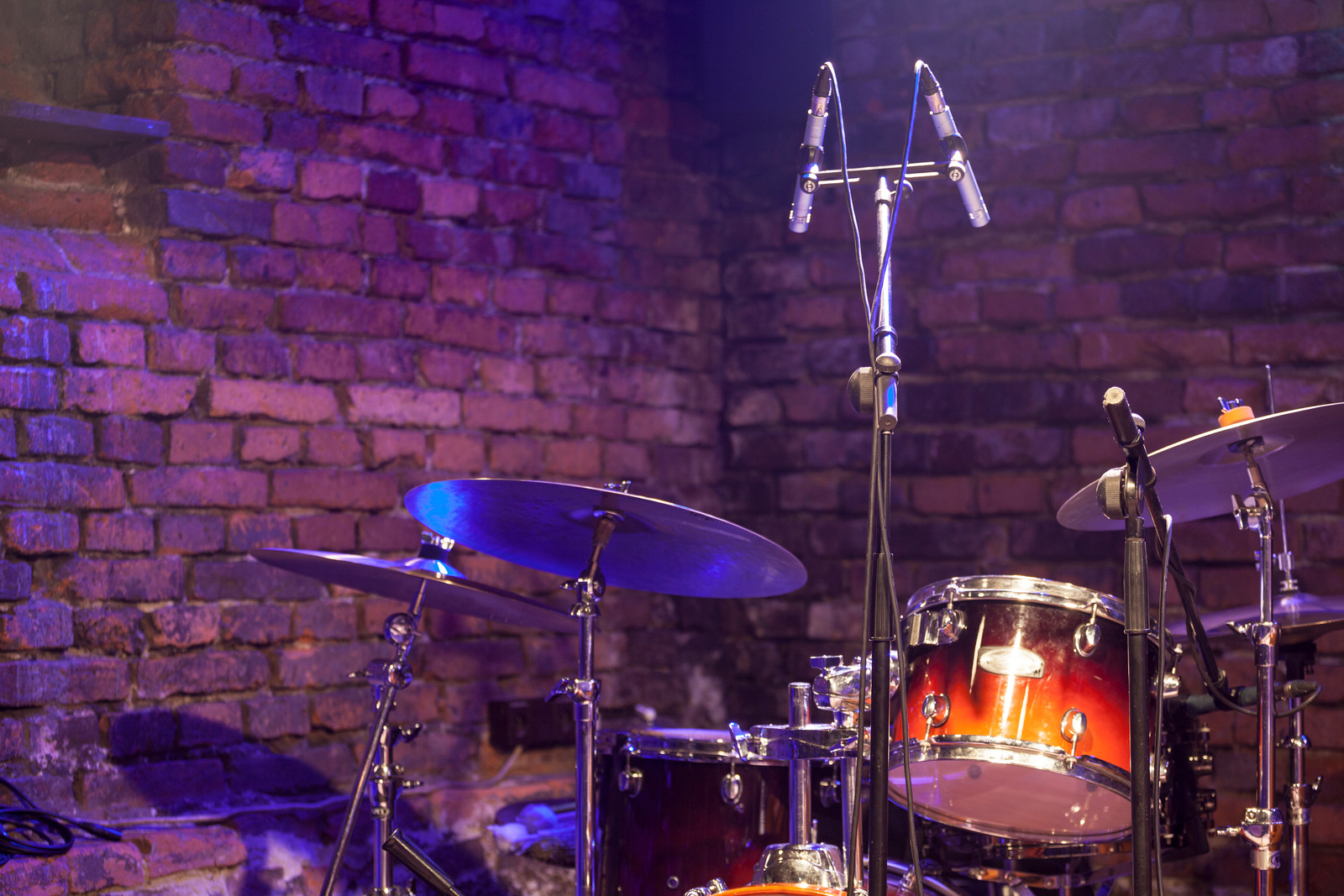The AKG C414 is the higher-end cousin of the AKG C214. These are some of the best professional overhead microphones for a drum kit thanks to their multipattern pickups, low-self noise characteristics, and versatility in recording acoustic instruments and vocals with the same level of audio fidelity.
Best Electronic Drum Headphones
Unveiling the top electronic drum headphones - from budget finds to premium sound quality. Elevate your drumming experience now!
